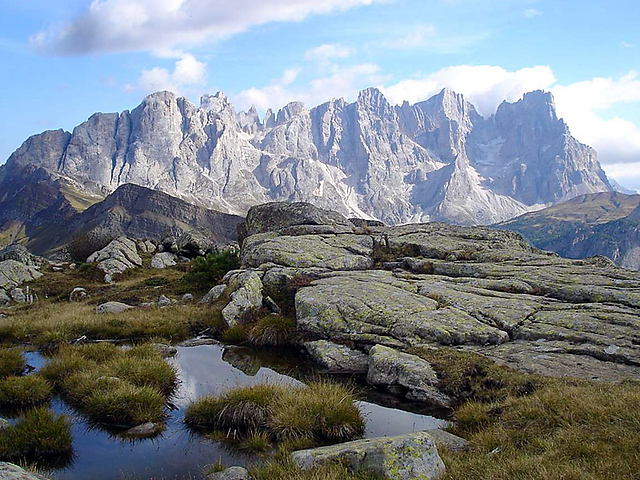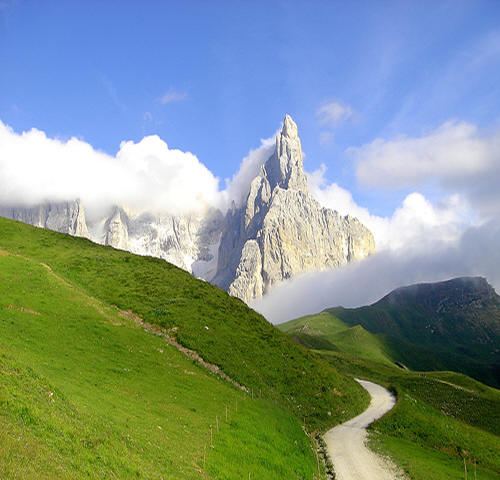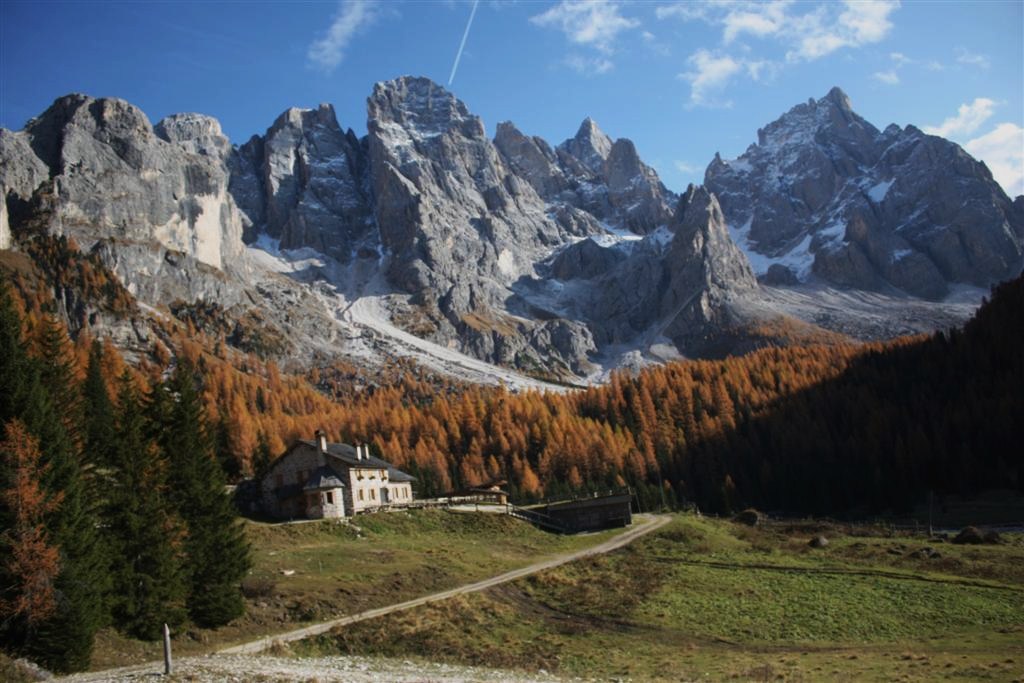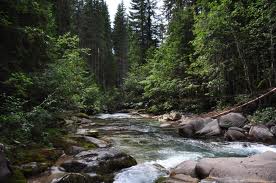
Paneveggio Natural Park
This post is also available in:
 Italiano (Italian)
Italiano (Italian)
Paneveggio Pale di San Martino Natural Park, a 122-mile regional protected area created in 1967, stretches over a mountain area, at altitudes above 4.922 ft – the total area covered by the park measures about 48.750 acres.
Located in the Dolomites of Eastern Trentino, around the three hydrographic basins of Vanoi, Travignolo, and Cismon streams, this Park encompasses many areas of community importance and protected sites included in the “Natura 2000” European Network, such as Val Venegia, the Trentino portion of the Dolomites, Pale di San Martino, the eastern sector of the Lagorai, a portion of the Lusia, and the famous Norway spruce forest (Picea abies) of Paneveggio (in the municipalities of Tonadico, Siror, and Predazzo).
The undisputed naturalistic value of this park is very well represented by the famous Pale di San Martino mountain range (the Pala Group) – an integral part of the nine groups of peaks acknowledged as a World Heritage Site by Unesco.
The technical-administrative offices and the visitor centre of the park (called “Terra Foresta”), are located inside Villa Welsperg (see dedicated page), near the lake of Forte Buso. Those facilities are reachable along the road that runs from Predazzo to Passo Rolle. The visitor centre offers a wealth of useful information about the local flora and fauna, while nearby there’s a large enclosure with magnificent deer specimens.
The Norway spruce trees in the so-called “Forest of Violins”, are also a major attraction, growing among fir trees (Picea abies ) of excellent quality, which have been used by luthiers since ancient times.
Inside the park, there several different environments, with specific flora and fauna, including alpine pastures, rocky areas, prairies, streams, glaciers, and peat bogs.
FLORA AND FAUNA
The vegetation, which includes fir woods and mixed broad-leaved tree groves, is mainly represented by stone pines (Pinus cembra), larches (Larix decidua), beeches (Fagus spp.), Norway spruces, and grey firs.
Animal species are those typical of the mountain environments, such as the recently re-introduced ibex, chamois, roe deers, deers, squirrels, marmots, foxes, and badgers.
Photography enthusiasts, as well as any other type of visitors, should enjoy this park from spring to autumn, in order to fully enjoy the eye-catching and wondrous colours of those seasons.
This post is also available in:
 Italiano (Italian)
Italiano (Italian)




